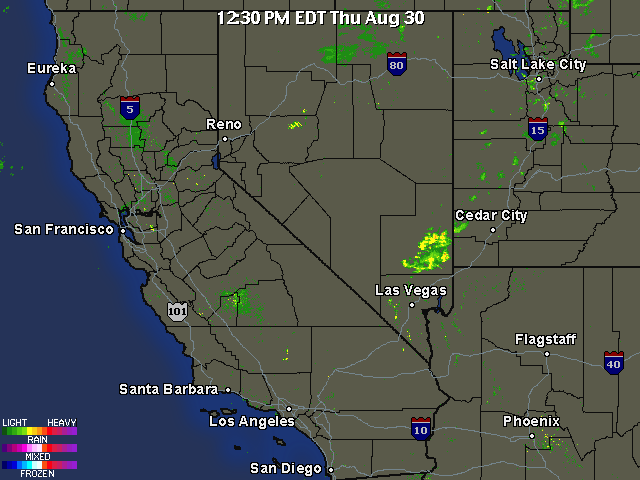
THE PLASMA FREQUENCY: RADAR APPLICATIONS
This work details an analysis made that indicates that one of the primary applications of the aerosol operations is likely to involve the advanced use of radar technology for military purposes. Discussion ensues of the definition of plasma, with plasma being an ionized gas consisting of ions and free electrons distributed over a region in space. The effect of aerosol operations can lead to no other logical conclusion except that the lower atmosphere itself has been altered to a plasma state. The importance of the concept of ‘plasma frequency’ is outlined in a quote from Richard Feynman: “This natural resonance of a plasma has come interesting effects. For example, if one tries to propagate a radio wave through the ionosphere, one finds that it can penetrate only if its frequency is higher than the plasma frequency. Otherwise the signal is reflected back. We must use high frequencies if we wish to communicate with a satellite in space. On the other hand, if we wish to communicate with a radio station beyond the horizon, we must use frequencies lower than the plasma frequency, so that the signal will be reflected back to earth.” A detailed discussion of the calculations of the plasma frequency for the ionosphere ensues in this work that supports the notion that a significant application of the aerosol operations may well involve the propagation of radio waves over extended distances. There are numerous military and electromagnetic propagation applications that become evident from this finding.


